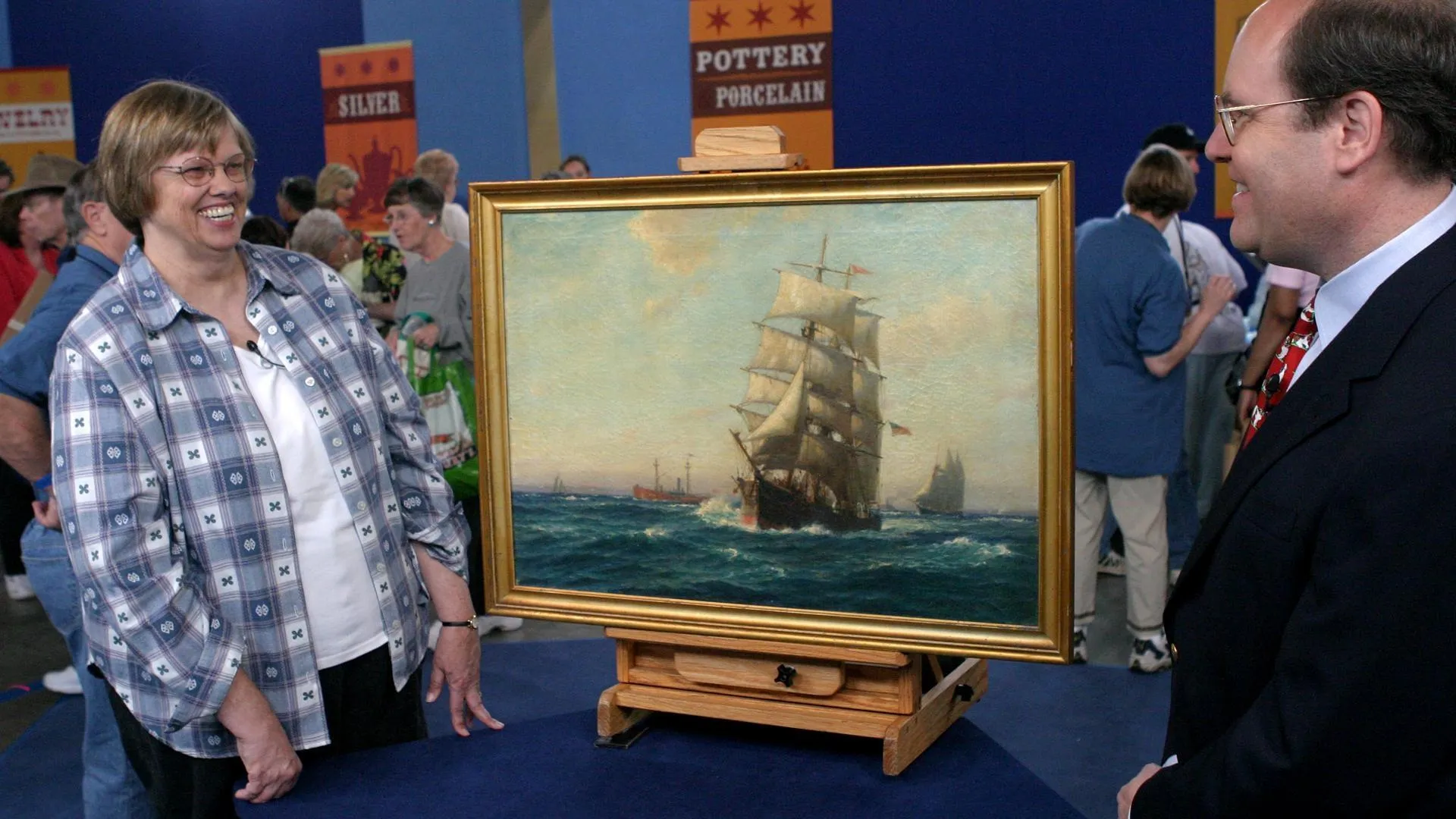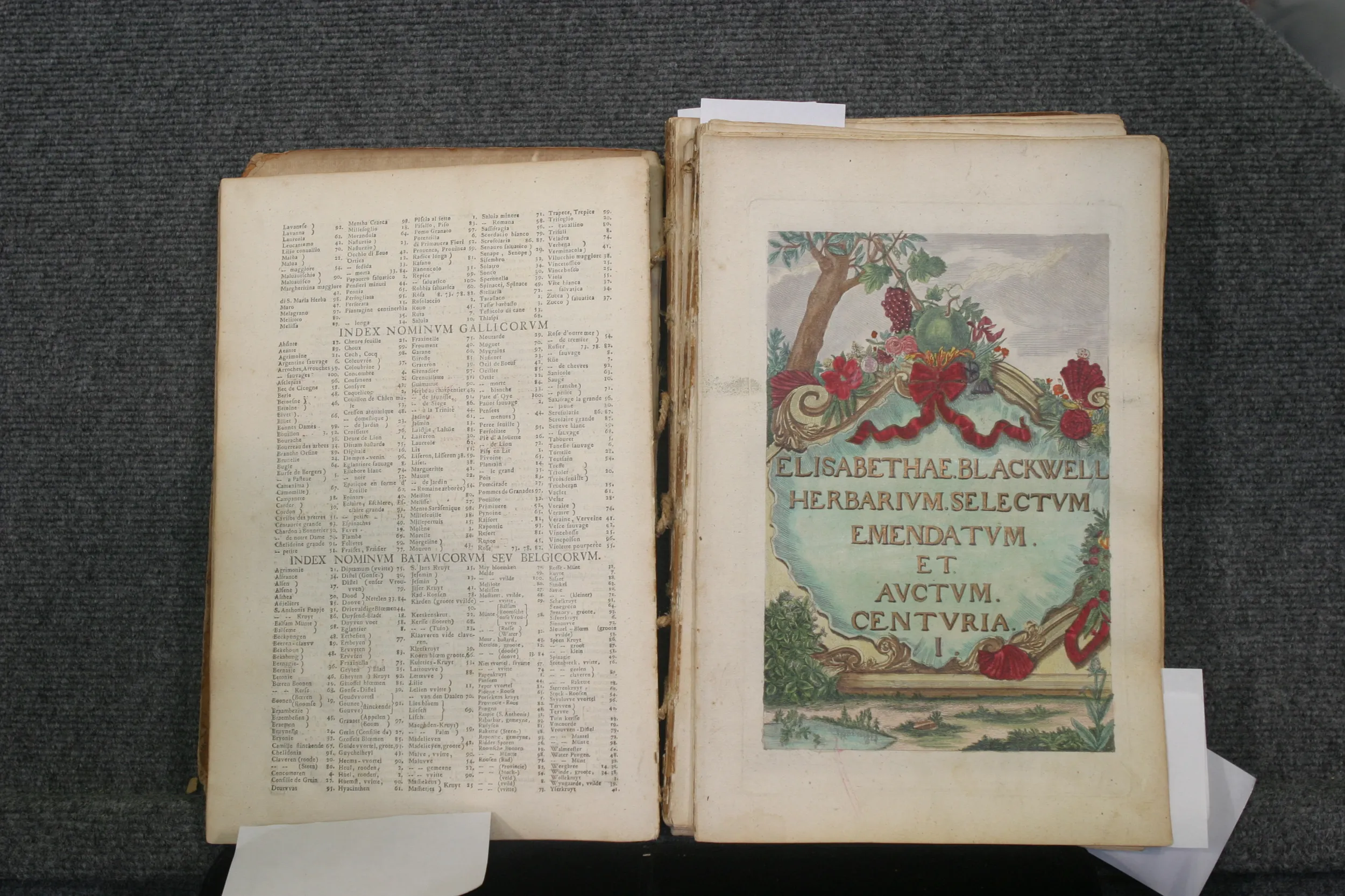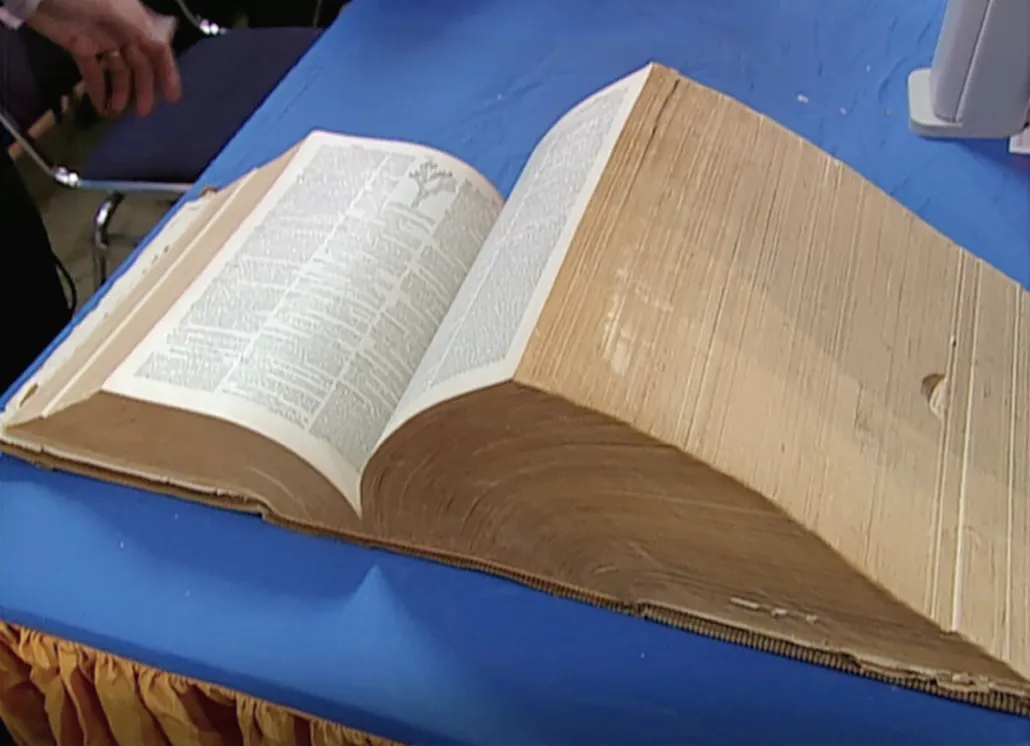GUEST: A portion of my family came from England and they were the Earle family. And this book was written about the collection of Staffordshire pottery that they had. When the book was going to print, Mr. Earle sent a letter to Queen Victoria and asked her if she would have the book dedicated to her. A secretary wrote back in this letter and said, "No, I'm sorry, we don't do that. "That's not her policy, but we would be happy to accept the first copy of the book."
APPRAISER: So Queen Victoria owns the first copy, and this is the second copy. And there were 250 copies of the book published. The picture was sent back with the letter as kind of a gift to make up for the fact that they weren't going to let the book be dedicated to them. And notice there that the first letter is the letter declining the dedication which is dated in 1914. And the second letter is an acceptance letter from Windsor Castle. The first is from Buckingham Palace, written by a secretary or an assistant to the queen. And that second one was accepting the book.
GUEST: That's correct.
APPRAISER: First of all, this book is one of the first important reference books on early English pottery. There were people that started collecting in the late 19th and early 20th century, but there were no reference books. Today we have hundreds and hundreds of books, and the Internet. We have all this access to information. And back then there was very little information. So this is considered a seminal, important book,
GUEST: Oh.
APPRAISER: towards the scholarship of early English pottery. Here we've got this wonderful insert where it says that the queen had accepted the first numbered copy of this work. Then here we have the page that says there were 250 copies of this special subscribers' edition. This is the super deluxe edition, so to speak. And which this one is number two. So the number one copy, we assume, is still in one of the royal collections. Here is the title page about the Earle Collection, actually written by your relative-- Major Cyril Earle. It's profusely illustrated with tissue paper between the illustrations, both black and white and colored. And this one here shows some early Staffordshire toby jugs. These would be from the 18th century. Now families are so prone to get stories mixed up. And there's a major flaw in this story that probably a few of our viewers have already detected. Queen Victoria died in 1901. This is 1914, 1915. It was Queen Mary...
GUEST: Oh.
APPRAISER: who was the wife of King George V. Now it's really appropriate that they would have asked her to let the book be dedicated to her because she was a famous collector. There's great stories about all of the things that she collected, and how serious she was, and even some really amusing stories about how she bought things and sometimes didn't pay for them. And she would go in people's homes and ask to be given things out of their homes, and they would hide them so she wouldn't see them.
GUEST: Oh, so the picture really didn't have anything to do...?
APPRAISER: It wasn't sent. Just somewhere in your family someone got mixed up and they framed the picture and the story got a little, told a little differently.
GUEST: Right.
APPRAISER: But it doesn't diminish the story. And this is a great book in a special deluxe edition. Standard copies of this book usually sell for around $500. But this is the deluxe version. It has a beautiful binding. It's in perfect condition. And it's number two. So if this went to auction, it would probably be bid up to around $1,000. So we can conservatively say it's probably worth between $800 and $1,000, and who knows, it might even bring a little more. It's a great thing to have in your family.
GUEST: Thank you very much. I'm glad to be set straight on this story. Now you can tell everyone the funny story behind the story.
APPRAISER: Right.







